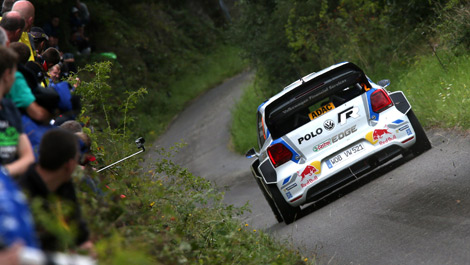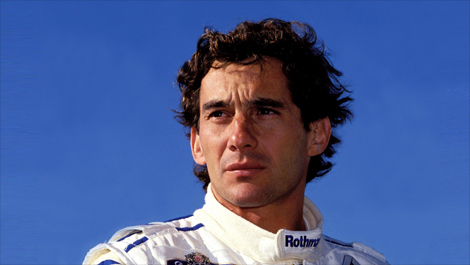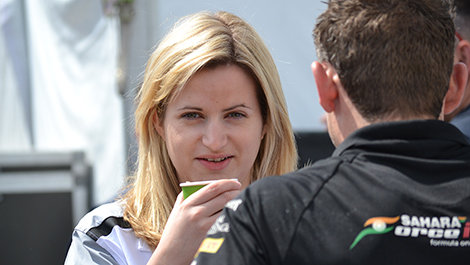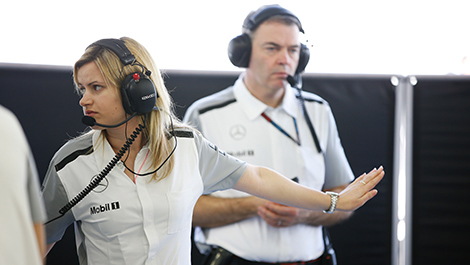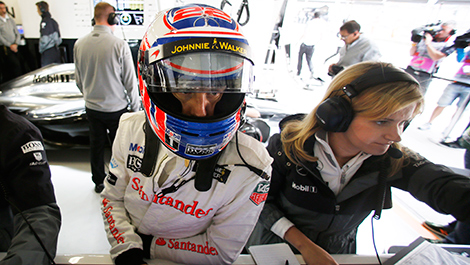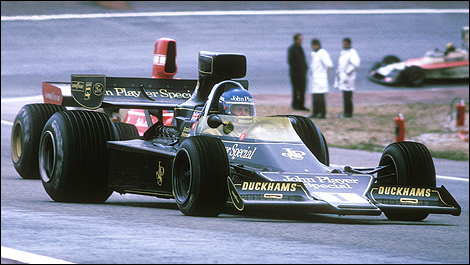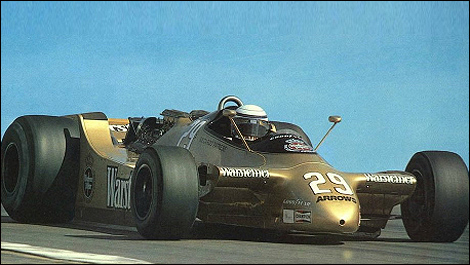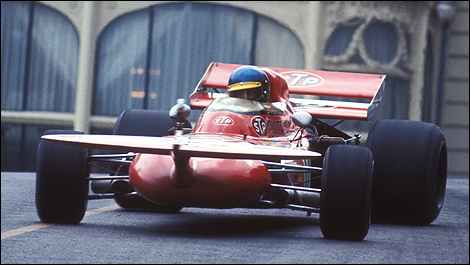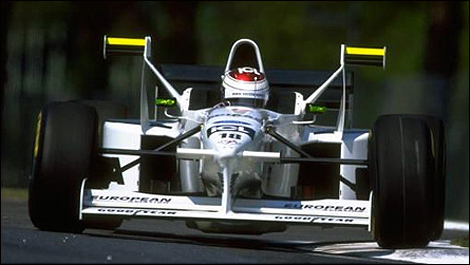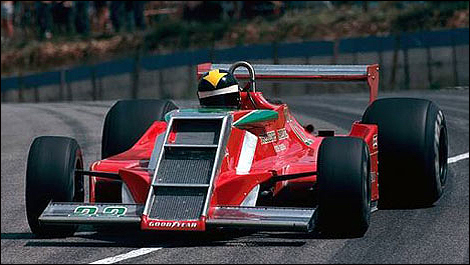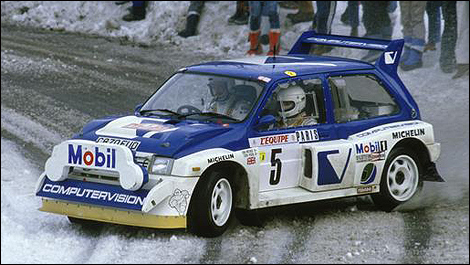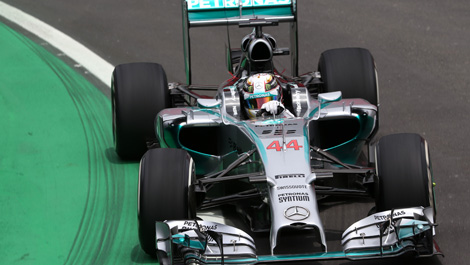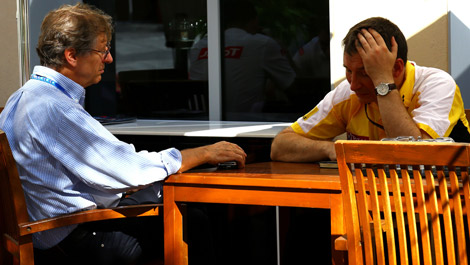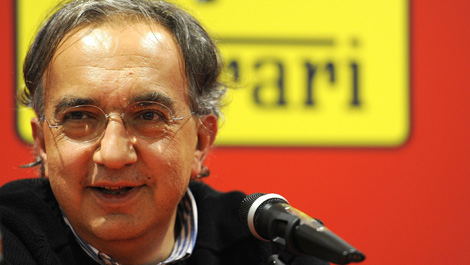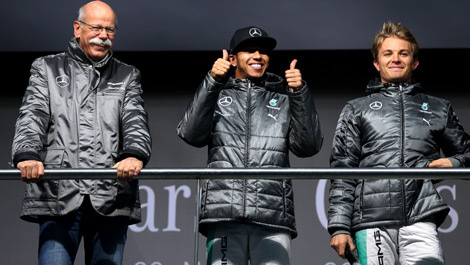Dec
27th
Stay connected Subscribe to our RSS feed
McLaren tried a new approach in 2014, as it developed the MP4-29.
Instead of trusting only mathematical models to decide whether or not new parts work and should be raced, Woking takes "driveability" into consideration as well.
"The word ‘driveability' has definitely moved up the ranks of our decision-making process as the season's gone on," admits McLaren's engineer director Matt Morris.
But what does it mean?
"What I mean by that," Morris adds, "is that in the past, we've used some very mathematical models to tell us a new part is faster - and we've tended to believe that.
"Now, however, what we've been increasingly doing is looking at some of those aerodynamic concepts, and thinking beyond what the computer predicts as the laptime improvement."
In short, McLaren discovered that the overall behaviour of the car on track is more important than its theoretical potential.
As an example, Morris mentions Suzuka, where this approach helped the team give the drivers the confidence they needed to attack and improve.
"At the start of this year, the drivers had complained about the driveability. We tried lots of things to resolve that, but we didn't really bolt something onto the car that made a difference until we got to Japan, where we ran a new front-end aero package.
"All of a sudden, the drivers were saying: ‘The car's changed - it's better.' Increasingly, we're finding that if the driver likes it, he can use his self-confidence in the balance and handling to make the car go faster."
Instead of trusting only mathematical models to decide whether or not new parts work and should be raced, Woking takes "driveability" into consideration as well.
"The word ‘driveability' has definitely moved up the ranks of our decision-making process as the season's gone on," admits McLaren's engineer director Matt Morris.
But what does it mean?
"What I mean by that," Morris adds, "is that in the past, we've used some very mathematical models to tell us a new part is faster - and we've tended to believe that.
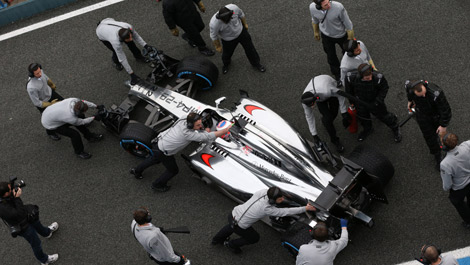 |
| It's not just about the potential of the car. It's also about how the driver feels (Photo: WRI2) |
"Now, however, what we've been increasingly doing is looking at some of those aerodynamic concepts, and thinking beyond what the computer predicts as the laptime improvement."
In short, McLaren discovered that the overall behaviour of the car on track is more important than its theoretical potential.
As an example, Morris mentions Suzuka, where this approach helped the team give the drivers the confidence they needed to attack and improve.
"At the start of this year, the drivers had complained about the driveability. We tried lots of things to resolve that, but we didn't really bolt something onto the car that made a difference until we got to Japan, where we ran a new front-end aero package.
"All of a sudden, the drivers were saying: ‘The car's changed - it's better.' Increasingly, we're finding that if the driver likes it, he can use his self-confidence in the balance and handling to make the car go faster."
 The latest auto news, reviews, prices, product and vehicle releases.
The latest auto news, reviews, prices, product and vehicle releases. 